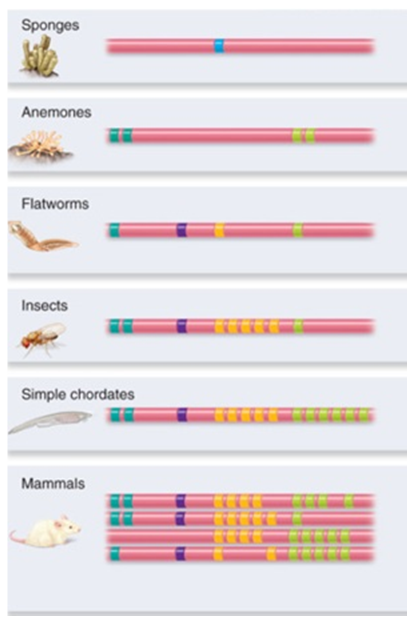One day after a biology class four of your friends argue about the difference between phylogeny and systematics. Which friend is right?
A. Friend A states that systematics and phylogenies are really the same, one is more recent than the other, but basically they are the same.
B. Friend B says that systematics is the same as cladistics and cladistics is reconstructing clades, which ultimately lead to the development of phylogenies.
C. Friend C argues that systematics is the actual collecting and cataloguing of specimens into museums that can be used later by scientists to construct clades and phylogenies.
D. Friend D says that the way she remembers is that systematics is the reconstruction and study of phylogenies.
D. Friend D says that the way she remembers is that systematics is the reconstruction and study of phylogenies.
You might also like to view...
Budding (select all correct choices):
A. is a form of asexual reproduction. B. is found in fungi, plants, and some animals. C. involves an unequal division between a mother and daughter cell or organism. D. leads to a mother cell and a daughter cell that are genetically very different. E. occurs when one organism is divided into pieces called buds.
Describe the basic organization of the nervous system of a mammal.
What will be an ideal response?
Look at the chromosomes above and determine how many group(s) of Hox genes are associated with body types for each type of animal. These associations are based on anterior, group 3, central and posterior body development.

A. Mammals: 4 groups; Flatworms: 4 groups; Sponge: 2 groups; Anemones: 1 group.
B. Mammals: 4 groups; Flatworms: 4 groups; Sponge: 1 groups; Anemones: 2 group.
C. Mammals: 11 groups; Flatworms: 4 groups; Sponge: 1 groups; Anemones: 4 groups.
D. Mammals: 27 groups; Flatworms: 4 groups; Sponge: 2 groups; Anemones: 1 group.
E. All animals must have at least 2 groups because all animals have a posterior and anterior end.
In keeping with Mendel's law of independent assortment, an individual heterozygous for two traits can form _____ types of gametes.
Fill in the blank(s) with the appropriate word(s).